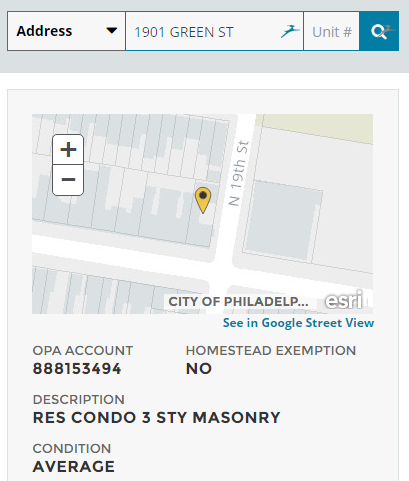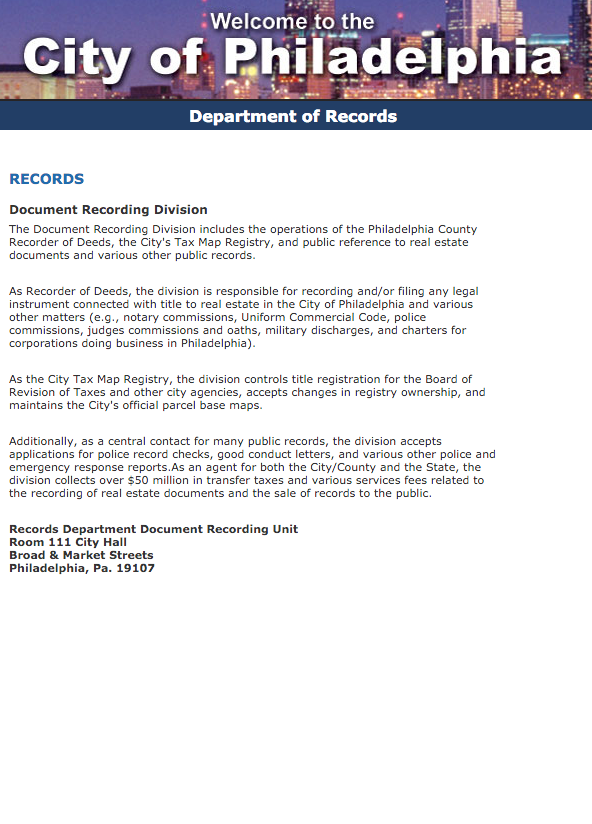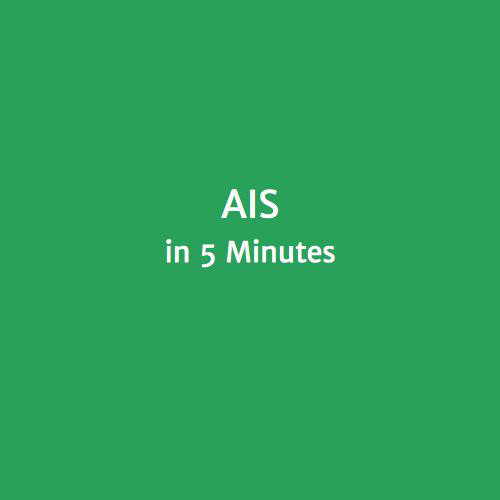The
Parcel-Property Connection
Two Datasets and How They Work Together to Support Effective City Services
Parcels
A portion of privately-owned land
Properties
A portion of privately-owned space
Condo 1
Condo 2
Condo 3
Penthouse
In Philadelphia, parcels and properties are recorded by separate departments.
Parcels
Properties
Department of Records (DOR)
Office of Property Assessment (OPA)
A parcel can contain one or more properties.
1000
Walnut Street
Unit A
Unit C
Unit B
Why is it important to know which parcel a property belongs to?
Parcels are the only way to locate a property in the real world.
- Parcels are stored in a geographic database which allows them to be located and mapped.
- Properties are stored without geography, but should keep a reference to the parcel they sit on.
- To place the property on a map, a relationship can be made to the parcel to get its location.

City of Philadelphia Property Search
https://alpha.phila.gov/property/
To obtain documents such as deeds
Department of Records Website
https://www.phila.gov/records/

- The Department of Records (DOR) manages real estate documents by parcel ID number.
- Most homeowners are only familiar with their property tax ID, a different number assigned by the Office of Property Assessment (OPA).
- To pull the deed for a property, a connection must be made to its parcel.
Currently, there is no mechanism in place to store the relationship between parcels and properties.
What does this mean for the City?
Custom-built solutions are needed to mitigate differences.
- The Unified Land Record System (ULRS) was developed to integrate property-related data from across City departments that do not share a common identifier.
- The system attempts to match properties to parcels programmatically — but isn't always correct.
Project delays and cost overruns can occur.
- Recent citywide projects have had significant setbacks due to the complicated relationship between parcels and ownership.
- When pointed to ULRS, vendors have cited irreconcilable data issues as barriers to use.
- Some departments have created a from-scratch parcel dataset to reflect true ownership as recorded by OPA.
What can we do to make sure parcels and properties are in sync?
- The OPA mainframe is able to store a parcel number for each property in the system.
- Currently, that field is being used to store the tax account number.
- To ensure a reliable link to parcels, that field could be repopulated with the parcel ID assigned by DOR.
- The tax account number could be migrated to the property ID field, which isn't currently in use.
- If these changes aren't feasible in the current environment, provisions could be made to reference parcels in the forthcoming CAMA system.
Solution #1:
Properties should reference a parcel.
Solution #2:
Parcels should have a unique identifier.
- 5% of DOR parcels have a parcel ID (aka "map registry number") that is not unique.
- This means that OPA cannot leverage parcel IDs without creating ambiguous relationships.
- Uniqueness should be validated at the database level to prevent data entry errors.
Philadelphia has a unique challenge:
maintaining parcel-property relationships across two systems of record.
The Parcel-Property Connection
By rbrtmrtn
The Parcel-Property Connection
- 431


